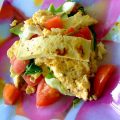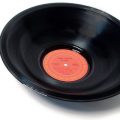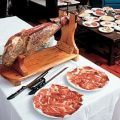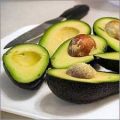All carbohydrate-containing foods have socalled the "glycemic index". The lower it is, the better the product satisfies hunger, since energy is released more slowly, and you have enough for a long time. Because the closer the product is to raw, the better if you are trying to lose weight. Products are better absorbed if the product has been processed. The longer you cook and the higher the temperature, the better the carbohydrates will be absorbed. This does not mean that you are doomed to endless salads, although there is no dispute about their benefits. Vegetables can be steamed, steamed, slightly boiled without destroying everything that is useful there. It is not so harmful to bake, grill and simmer, if you follow certain rules. It is important to remember the following: 1. With different types of processing, valuable elements of the product are preserved or not preserved - vitamins, fatty acids and antioxidants. 2. Depending on the time and the cooking temperature changes the glycemic index (that is, the glucose content) in the finished dish. 3.Depending on the cooking method, harmful substances may appear in the dish.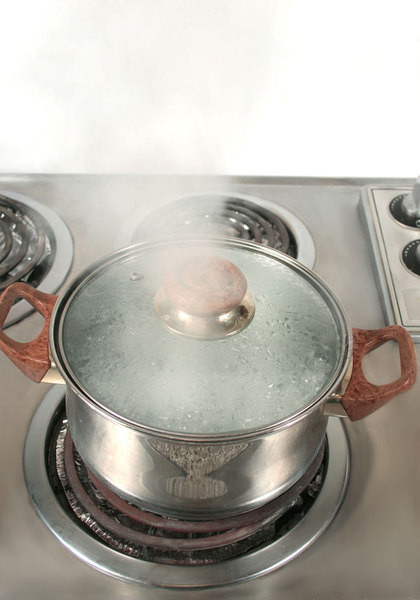 Meat cooking methods
Meat cooking methods
Cooking
Pros: do not stand over the stove, cook itself. Cons: increases the amount of glucose in carbohydrate-containing foods (vegetables, roots). If you lose weight, and this is a matter of principle - choose steam. Subtlety: in order to minimize losses - take as little water as possible, keep the lid closed more tightly. It is better not to cook vegetables until soft, let them crunch a little.
Steamed
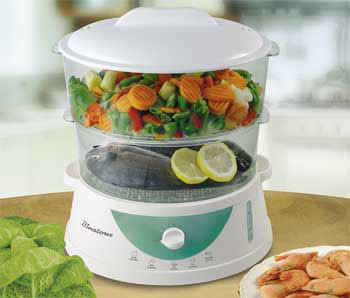 Methods of cooking vegetables Plus: Most vitamins are stored, the glycemic index is almost not growing. Cons: I do not like many children and men. Products that need to be cooked for a long time - potatoes, roots, red meat - in a double boiler turn out to be much less tasty than we would like. Subtlety: it is best used for the most delicate products - green vegetables, young small carrots, fresh fish. Vegetables from a double boiler will not seem bland if served with sauces, and not just salt-pepper after cooking.
Methods of cooking vegetables Plus: Most vitamins are stored, the glycemic index is almost not growing. Cons: I do not like many children and men. Products that need to be cooked for a long time - potatoes, roots, red meat - in a double boiler turn out to be much less tasty than we would like. Subtlety: it is best used for the most delicate products - green vegetables, young small carrots, fresh fish. Vegetables from a double boiler will not seem bland if served with sauces, and not just salt-pepper after cooking.
Browsing
Pros: Great compromise: roasting and adding oil allows you to get a dish with a "real" taste, while the loss of nutrients is not so great. Cons: The process requires your active participation. 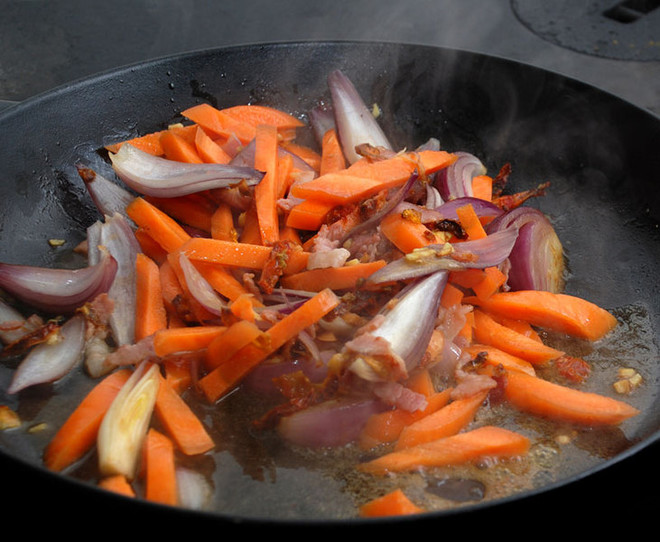 Subtleties: for vegetables, the same rule is true as during cooking - it is better to have a slightly damp, slightly crunchy pieces in the middle than a softened mass. You will need a skillet with a thick bottom and a tight-fitting lid. You can do without oil at all: pour a couple of tablespoons of water, vegetable broth, soy sauce (or dilute with water the sauce with which you will serve the finished dish - tomato, sour cream, etc.). Put the pan on a small fire. As soon as the liquid boils - add vegetables and stir quickly for a few minutes, then add heat, add a spoon or two of the same liquid, and cover with a lid. After a couple of minutes, reduce the heat and bring the dish to readiness.
Subtleties: for vegetables, the same rule is true as during cooking - it is better to have a slightly damp, slightly crunchy pieces in the middle than a softened mass. You will need a skillet with a thick bottom and a tight-fitting lid. You can do without oil at all: pour a couple of tablespoons of water, vegetable broth, soy sauce (or dilute with water the sauce with which you will serve the finished dish - tomato, sour cream, etc.). Put the pan on a small fire. As soon as the liquid boils - add vegetables and stir quickly for a few minutes, then add heat, add a spoon or two of the same liquid, and cover with a lid. After a couple of minutes, reduce the heat and bring the dish to readiness.
Extinguishing
Pros: even faster and more practical than browning. Does not require fat.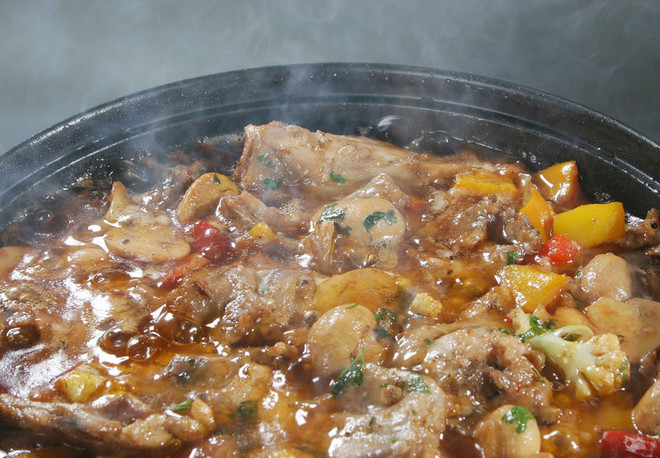 Minuses: vegetables lose more vitamins and become more nutritious than when steaming. Meat, fish and poultry are much more like fried. Subtlety: the cooking process is similar to browning, but without prior frying. You can stew fish or meat in a vegetable broth with spices, garlic, ginger, lemongrass and wine - you get a delicious sauce, no mayonnaise.
Minuses: vegetables lose more vitamins and become more nutritious than when steaming. Meat, fish and poultry are much more like fried. Subtlety: the cooking process is similar to browning, but without prior frying. You can stew fish or meat in a vegetable broth with spices, garlic, ginger, lemongrass and wine - you get a delicious sauce, no mayonnaise.
Baking
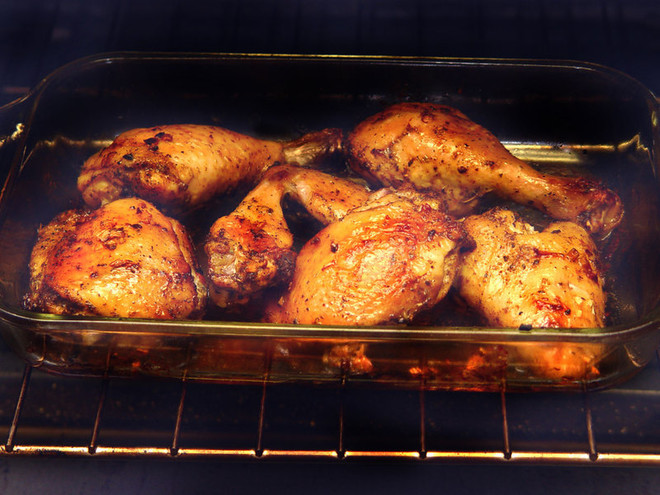 Pros: Very convenient way, especially for products with a thick skin or a large size - for example, pumpkins. Convenient to cook many servings at once. Cons: In the process of roasting, the fats are oxidized and free radicals are added in the dish (these are active harmful molecules). The higher the temperature and the longer the cooking time, the higher the glycemic index becomes. Subtleties: bake well without oil, for example, potatoes, lean meat and fish in foil or on a thin piece of bread (some use Armenian lavash).
Pros: Very convenient way, especially for products with a thick skin or a large size - for example, pumpkins. Convenient to cook many servings at once. Cons: In the process of roasting, the fats are oxidized and free radicals are added in the dish (these are active harmful molecules). The higher the temperature and the longer the cooking time, the higher the glycemic index becomes. Subtleties: bake well without oil, for example, potatoes, lean meat and fish in foil or on a thin piece of bread (some use Armenian lavash).
Frying
Pros: It's familiar, tasty and nutritious.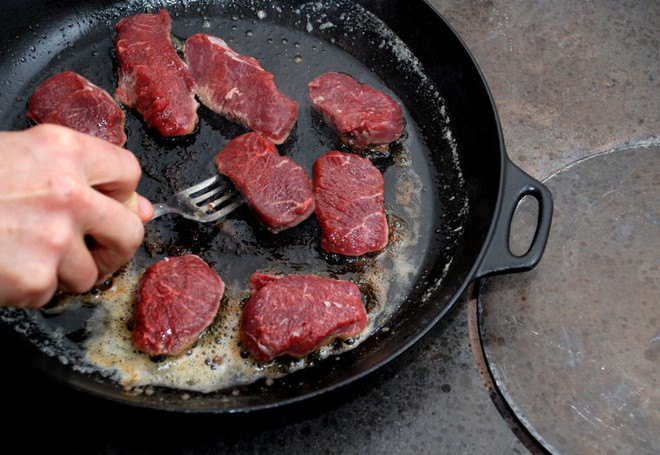 Cons: But bad: fats are oxidized and the amount of free radicals increases (which is not useful to anyone), carbohydrates are transformed into easily digestible form (not for those who want to lose weight). Subtleties: for frying it is better to use butter (saturated fats) or olive (monounsaturated), and avoid polyunsaturated - sunflower, corn and soy, as they oxidize during frying. It is better not to heat them, but to add them to salads.
Cons: But bad: fats are oxidized and the amount of free radicals increases (which is not useful to anyone), carbohydrates are transformed into easily digestible form (not for those who want to lose weight). Subtleties: for frying it is better to use butter (saturated fats) or olive (monounsaturated), and avoid polyunsaturated - sunflower, corn and soy, as they oxidize during frying. It is better not to heat them, but to add them to salads.
Grill
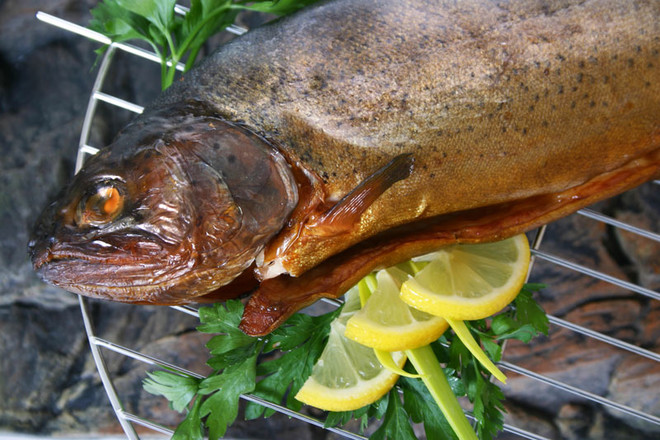 Pros: does not require fat, it is convenient for a large number of servings. Cons: It is important not to overdo it - the darker the crust, the more free radicals in the product. Subtleties: It is best to cook fatty meats and juicy vegetables - eggplants, zucchini, tomatoes.
Pros: does not require fat, it is convenient for a large number of servings. Cons: It is important not to overdo it - the darker the crust, the more free radicals in the product. Subtleties: It is best to cook fatty meats and juicy vegetables - eggplants, zucchini, tomatoes.
Microwave
Pros: Fast. Since the products are prepared in their own juice, water-soluble vitamins B and C remain. Minuses: a recent study by Spanish scientists showed that broccoli cooked in a microwave lost most of the antioxidants (these are the substances that allow you to get rid of free radicals) compared to cooked in a double boiler. Subtleties: when cooking in the microwave, the fatty parts of the product are particularly hot, so do not cook fatty fish in it - useful fatty acids will break down.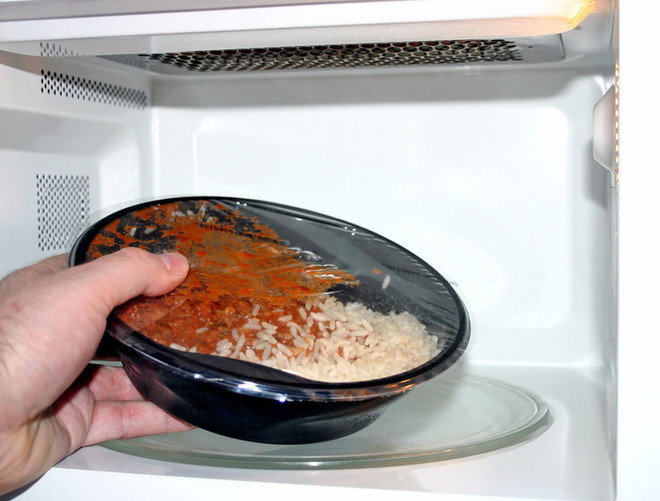 If you prefer a microwave, useits at minimum power and temperature, even at the expense of saving time. Cover the dishes so that the products are steamed - although there should be a small crack for the steam to come out. Cook only in glass or ceramic dishes. It is better not to use plastic dishes at all, even for heating, and you should not use food wrap (for example, as a lid). If you don't have a lid, use baking paper or a flat plate, napkin, or paper towel.
If you prefer a microwave, useits at minimum power and temperature, even at the expense of saving time. Cover the dishes so that the products are steamed - although there should be a small crack for the steam to come out. Cook only in glass or ceramic dishes. It is better not to use plastic dishes at all, even for heating, and you should not use food wrap (for example, as a lid). If you don't have a lid, use baking paper or a flat plate, napkin, or paper towel.




